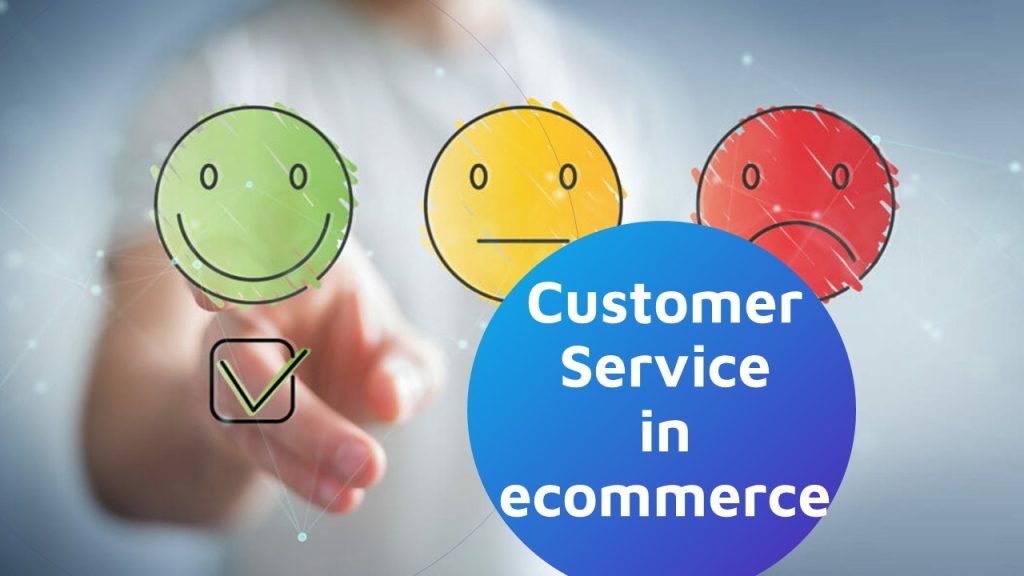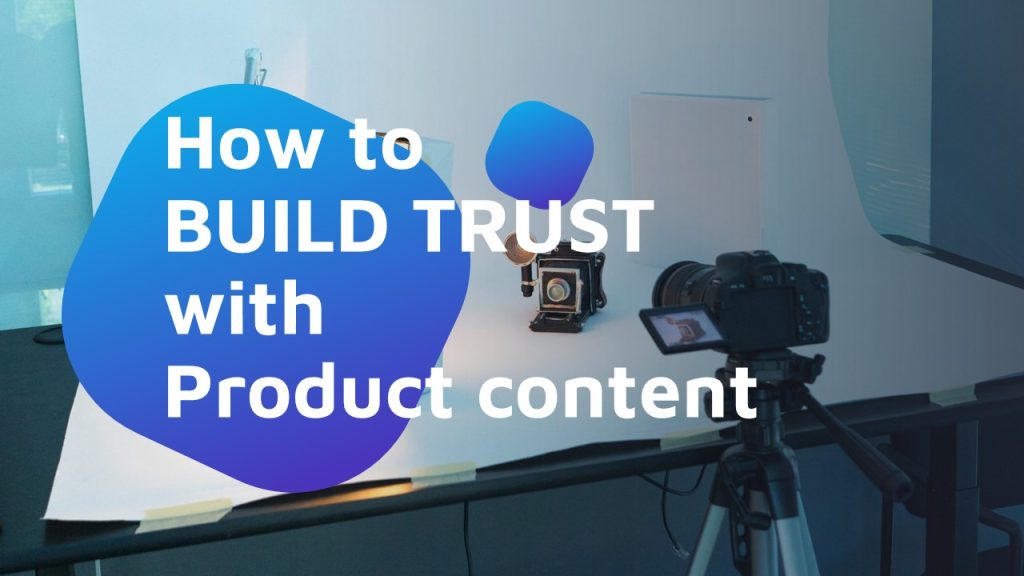On February 15, Content2Sell was the guest speaker in the “Developing a winning DTC strategy overseas” round table, at the Bantian International Center, in Shenzhen.
The event was organized by the Eagle and Bear Alliance and Shopify Plus and gave space for big DTC sellers and industrial experts to share their knowledge and experience. The venue focused on the growing competition of DTC companies worldwide, as a way to reduce costs and get higher profit margins, which makes this an increasingly fierce struggle with three main topics.
- DTC Chinese companies often struggle when going international.
- Brand awareness and – especially – knowing local cultures make a critical difference when it comes to overcoming the western perception of Chinese brands.
- Developing a solid brand awareness from a single product, using the “0-1 launch 1-10 growth” plan, to make the most of data collection, automate the process, and create an effective multichannel sales strategy.
Although there was no time to cover every single stage from product launch to international brand awareness, we did touch on many significant topics and triggered some interesting new connections.
This is how it went.

Advertising strategy design and arrangement
Jerry, from Snapmaker’s ecommerce and Digital Marketing team, is clear about this. Generally speaking, advertising strategies need to be comprehensive and include all elements: the product, the market, the team, and the channels used to promote a new product.
At the launching stage (0-0.5) Facebook and Google are great to start with given their huge number of users, the large amounts of data, and the detailed segmentation they allow for. However, many products are suitable for short videos and live streams, making TikTok perfect.
The advertising strategy allows to test the effectiveness of such channels, seeing the initial response, checking the ROI, setting KPIs, and adjusting accordingly. This is called “Advertising Dynamic adjustment” and is used to verify assumptions without jumping to final conclusions.
Once there is enough data (stage 0.5-1) can we establish an advertising structure, by setting basic KPI’s: CPC, CTR, ROAS, and ROI; verifying, and finally adjusting the advertisements according to these metrics.
There are many signs, metrics, and indicators. Jerry explained how Snapmaker pays close attention to both the quantity and quality of traffic, and both short-term to long-term data.
In the early stages, the attention goes to traffic volume (quantity) and ROI. But at the 0.5-1 stage, it shifts to the cost of unique users, their conversion value, and new growth rate.

Operations automation
Jaron from SUGA technology focused on automation, another crucial aspect in DTC ecommerce. Automation tools are critical to building the necessary team, solving the most common business pain points, optimizing labor costs, and avoiding many common mistakes.
Finding the right one depends on each business’ operational needs, and especially, understanding the business operations steps of DTC models test the tools that actually fill the workflow to effectively automate the toolset. This is defining clear goals: getting email addresses, getting users to fill in a form, answering a poll, or adding items to a shopping cart.
Goals have to be simple:
- Simplify complex projects ︎
- Standardize simple tasks
- Streamline standardized tasks
- Instrumentalize projects process
- Automate project instrumentation
Some DTC businesses use third-party platforms to sell their products. The best advice here is to keep the same price across all channels and sell secondary products on their DTC website.
Challenges and opportunities
Startups and new products often walk on a thin line in which many factors can affect their performance. However, after the traffic peak caused by the first advertising investment (known as traffic dividend period) new actions are needed to overcome the main challenges faced by small entrepreneurship:
- Maintaining the traffic has a high cost and a decreasing quality, which increases the difficulty in business operations.
- Increasing market competition. Under the downturn of the economic market, competition is likely to move from retail to the industry level.
- Operations. It is hard for foreign users to accept Chinese products and brands as same as local products and brands. Take a look at our post about this.
Getting ahead of these challenges goes through:
1. Traffic innovation. To reduce costs, improve efficiency and expand traffic sources.
2. User experience. Using tools and resources like A/B testing, and having a localization team for more relatability and improved user experience
3. Operations innovation: Refining operations to increase the conversion rate and brand awareness.
Brand development
Konstantinos’ intervention focused on the role that the region, insights, and talent acquisition play in the growth stage. And to grow sales, it’s very important to identify and understand new segments to build loyalty and increase penetration.
Brands need attention to exist, and getting that attention requires content that is interesting enough for potential customers. And while paid advertising is useful at early stages, it can turn into a high expense in the long term.
Therefore, the key is to reduce the cost of the entire CRM process as well as advertising. Customer acquisition cost tends to be lower when the message is accurate.
- Organic traffic and SEO have the highest long-term ROI.
- Improve your conversion journey
- Build communities for organic content, and benefit from User-generated content.

Effective promotion for new customers and increasing brand loyalty requires understanding their hobbies, interests, and motivations: how they shop, where they hang out and consume media; the online communities they are part of, the challenges they face, and the social causes they care about.
Transitioning from sales to branding
Once your customer base has expanded, how can you effectively promote a brand to different customer groups and markets?
Well, the key is the brand’s DNA.
The early 1-3/4 stage is about expanding where your brand DNA, story, and mission are.
Work with the flow of your brand’s narrative. Deepen the understanding, the message, and content that really hits your core consumers. Start developing communities so your product and your brand become conversation topics.
The 4-10 stages are good to engage new markets, segments, and channels (for example, a sportswear company going from footwear to fashion). At this stage, it becomes necessary to multiply the listening and understanding capacity and localize to penetrate new markets while expanding loyalty.
At this point, companies need to decide whether they want to own the consumer (like Lululemon does) or the category (hearing product). In other words, growing vertically and getting a consumer to purchase different product categories, or horizontally, and aiming at all consumers of a single product category.
So, you should let your audience know you don’t only sell a product. You have a higher mission and your customers are an important part of it. Remember storymaking?
In this transition, Shopify is a very important tool because it simplifies the way to customer loyalty and advocacy.
Budget allocation
During the growth stage, 15-30% of GMV is recommended to go to the company’s growth. That will depend on the relationship between distribution and direct sales. In other words, brand marketing VS trade marketing VS sales.
The Top 3 channels to leverage during the growth stage are:
- Social Media is great for Organic Brand Content
- Website / Blog / SEO
- Email marketing – Content Marketing
The highest average ROI among marketing channels varies across industries and categories. But in general, these are the most effective ones:
- Website / Blog / SEO (long-term)
- Email marketing / Affiliate marketing
- Influencer marketing. Localization is very important here. Engaging the KOL / KOC (Key Opinion Leaders / Consumers) your customers trust will help you get recommendations.
The main marketing ways are brand marketing and sales conversion marketing.
Tony, Shopify Plus.
Brand marketing is divided into product promotion videos, well-known foreign industrial Public Relationships, celebrity marketing, and Social Media operations. The marketing budget allocation for this part will account for 30%-50% of the entire marketing expenses during the initial stages of DTC.
Don’t forget brand marketing belongs at the top of the funnel.
For sales conversion marketing, based on Google, Facebook, alliance marketing, and EDM marketing, the marketing proportion is somewhere between 50%-70% at the beginning, depending on different projects. All of these are the bottom of the funnel, and each marketing way has different purposes.
In the end, this is a closed circle where all elements are intertwined and complement each other.



